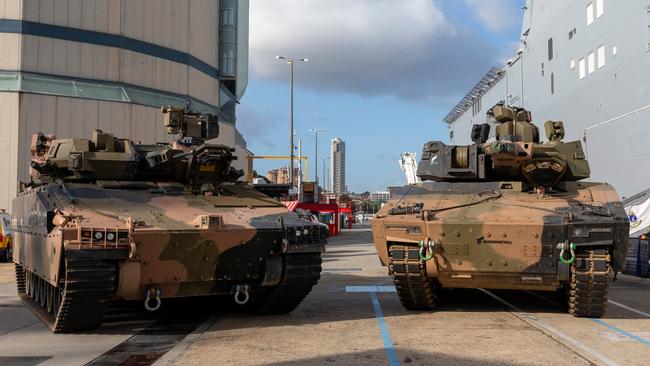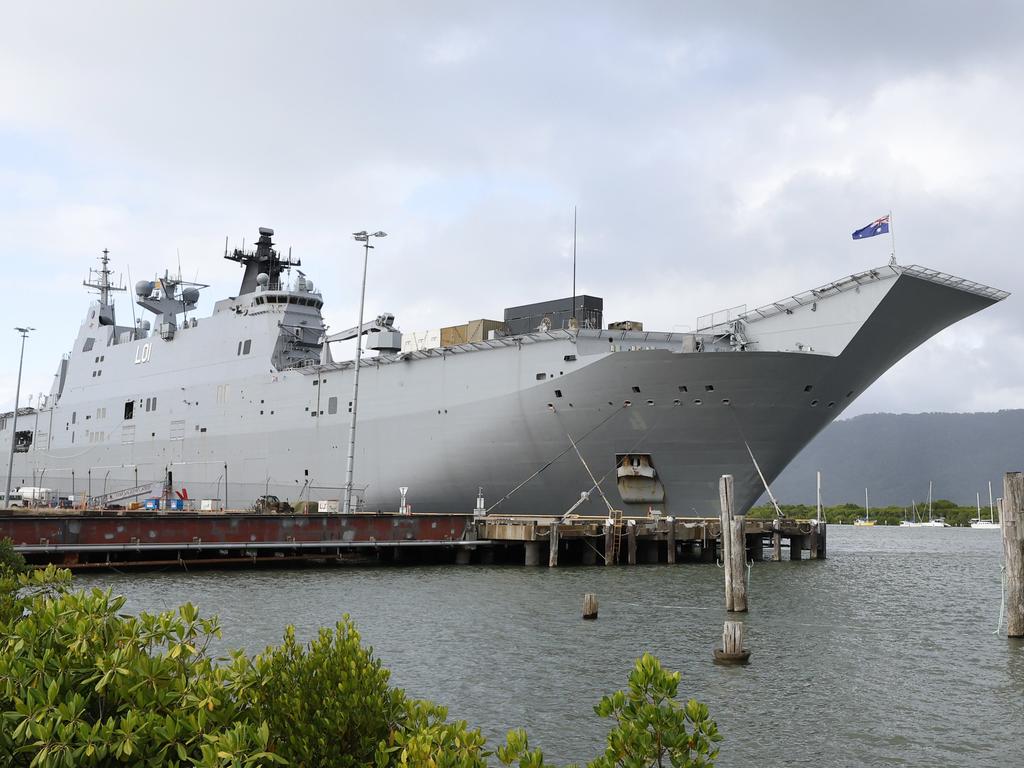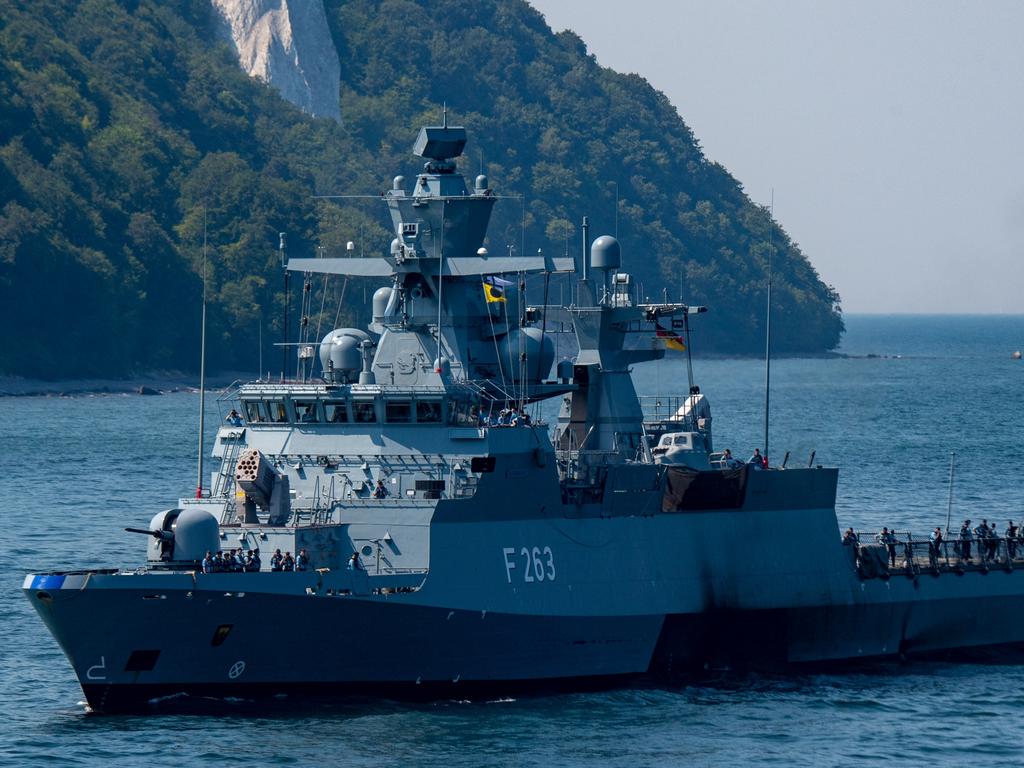
He manfully attempts to answer the impossible question: where on earth could the Australian Defence Force ever use its super-heavy tanks, or the Infantry Fighting Vehicles it wants, that will weigh 42 to 45 tonnes each.
Palazzo’s scenarios are so fanciful, so unlikely, they illustrate how low down the list of defence priorities heavy armour should rank.
One scenario is war on the Korean peninsula. Australia sends an armoured brigade.
Palazzo honestly reflects: “Due to the limited availability of sea transport, the Australian movement to theatre will be done in stages and largely by hired contract shipping.”
Our giant LHD ships can carry only 20 of these cumbersome, unwieldy beasts at a time. so there’d lots of ocean voyages getting them to Korea.
Then there’s “global war”. Palazzo envisages us deploying aircraft and ships to Malaysia and Singapore and sending tanks and IFVs to protect them. Again, months to get them there and why spend such a huge slab of defence money for such an unlikely eventuality?
Palazzo nominates “collapsing states” as somehow requiring tanks and IFVs, though of course East Timor didn’t have such a requirement. Most regional bridges and roads couldn’t bear their weight anyway. He comments: “The ADF lacks significant sea and air lift. Except for putting ashore a raid, the ADF’s force projection potential is largely restricted to the deployment of ground forces within a theatre of operations in which the threat from hostile forces is minimal.”
What a contradiction. We need the world’s heaviest tanks and infantry vehicles to protect our troops in notional deployments in which conditions are so benign that we’re invited to be there.
Another scenario is a coup in Papua New Guinea. We deploy armour to regain the streets of Port Moresby? Que?
How do we get them there? Does the tiny Australian Army then do hand-to-hand fighting house to house all across PNG?
Another scenario involves protecting missile deployments we might make in the region. But guess what? We don’t have any missiles to deploy. Here’s a wild thought: get the missiles first.
Another scenario: an enemy disguises a ship and takes Broome or Eden. In order to dislodge them, we deploy tanks and IFVs.
These wildly unlikely scenarios may be worth worrying about if we had a defence budget of $300bn.
They are irrelevant to the real, immediate maritime threat of today.
They are nowhere near as important as, for example: hardening our northern defence bases; providing them with air defence; acquiring lots more fast fighter jets; strategic bombers; our first armed drones – we still have no armed drones though we have tanks – acquiring smart sea mines and lots and lots of missiles.
The utter fatuousness of the scenarios is compelling evidence that this program should be scrapped.







The sheer Walter Mitty nuttiness of the army’s plan to get taxpayers to spend $30bn of precious Defence money on heavy armour is revealed in Al Palazzo’s new ASPI report, Deciding the future.